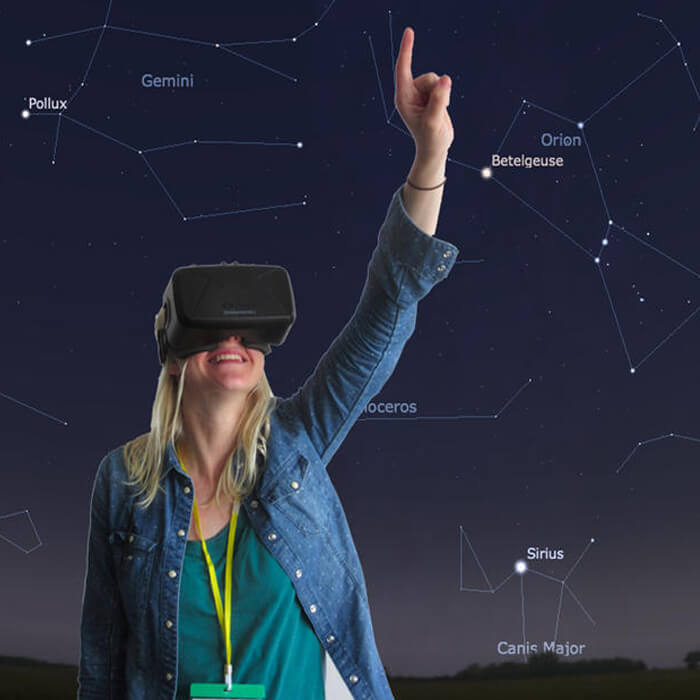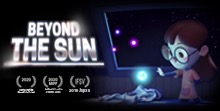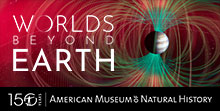StarSightVR: New Planetarium Software for the Oculus Rift
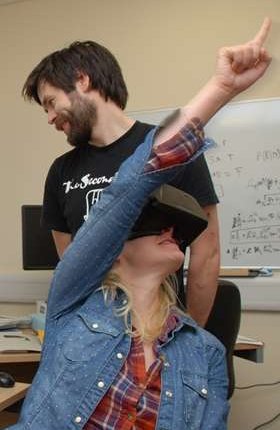
Edinburgh astronomer using the prototype Starsight software on on Oculus Rift headset.
Credit: Jason Cowan, UK ATC
Read more at: http://phys.org/news/2015-07-team-virtual-reality-stellarum-oculus.html#jCp
On July 7, 2015, a team of Edinburgh astronomers presented a custom version of the Stellarium planetarium software, running on an Oculus Rift VR headset at the National Astronomy Meeting. This system aims at attracting new audiences and offering them a great chance to explore the night sky in a more exciting and immersive way.
Since its introduction in 2012 the Oculus Rift virtual reality headset has created a huge stir. Even though some fulldome producers have been exploring such tool in their dome production workflow, so far the buzz around VR headsets has mostly been about its potential for three-dimensional gaming.
Alastair Bruce, a PhD student at the University of Edinburgh and a keen gamer himself, thought it could be used to stir public interest in astronomy:
I have always loved showing the stars to people, but now I can guarantee perfect cloudless skies, and show the universe to people all round the world, while they stay in the comfort of their own homes. Some people are simply unable to come to places like the Royal Observatory or to travel to dark skies, so this technology could help them enjoy astronomy in a way that until now wasn't possible.
Supported by his supervisor Professor Andy Lawrence, Alastair Bruce applied for a small grant from the Science and Technology Facilities Council (STFC), bought some test equipment and paid for a software engineer (Guillaume Chereau) to make the necessary changes to the Stellarium software.
I decided the way ahead was to combine the headset with Stellarium, because that software is very popular as well as really good, and what's more it's open source, which means we could get the benefit to the maximum number of people.
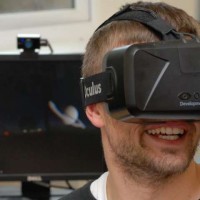
John Timlin using the prototype Starsight software on the Oculus Rift headset.
Photo credit: Jason Cowan, UK ATC
In the near future the team will release their test open source variety of Stellarium to be downloaded by anyone with an Oculus Rift headset. As well as producing the new software and adding features to the code, the group of astronomers plans to use the system for running presenter-led stargazing sessions live over the Internet.
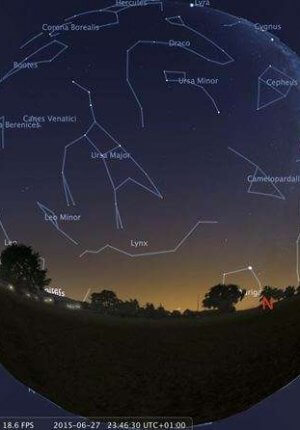
An image of the sky above Edinburgh made using Stellarium planetarium software as it is dispalyed by the new VR headset.
Photo credit: A. Lawrence
The new StarSightVR system has enormous potential as it overcomes fundamental barriers and gives challenged people an access to such an incredible virtual reality astronomy experience. Despite all the pros of the system, VR headsets are sometimes regarded as a threat to traditional fulldome theaters.
Since fulldome producers started previewing dome content without actually exporting it to the dome, there has been some discussion in the planetarium community about VR technology stealing away audiences from planetariums.
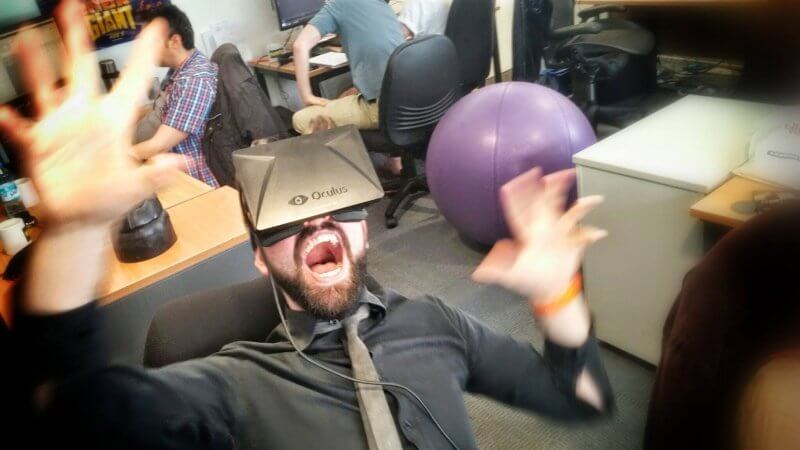
Oculus Rift being used in fulldome production workflow at NSC Creative.
Credit: NSC Creative
I believe it wouldn't be appropriate to force planetarians, visitors, and astronomers to make any judgment call and vote only for one technology. Easy access to the immersive content at home is a great thing, however it does not mean VR headsets will run planetariums out of visitors since the fulldome theater with a live presenter can play the role of a storyteller, engaging the audience in a very profound way.
These exhibition formats are more likely to co-exist as they speak to different needs and interests. All in all, there should not be any boundaries in ways people experience science and fulldome art.
Have you liked this post? Subscribe to FDDB Newsletter
Sign up now, it's free!










